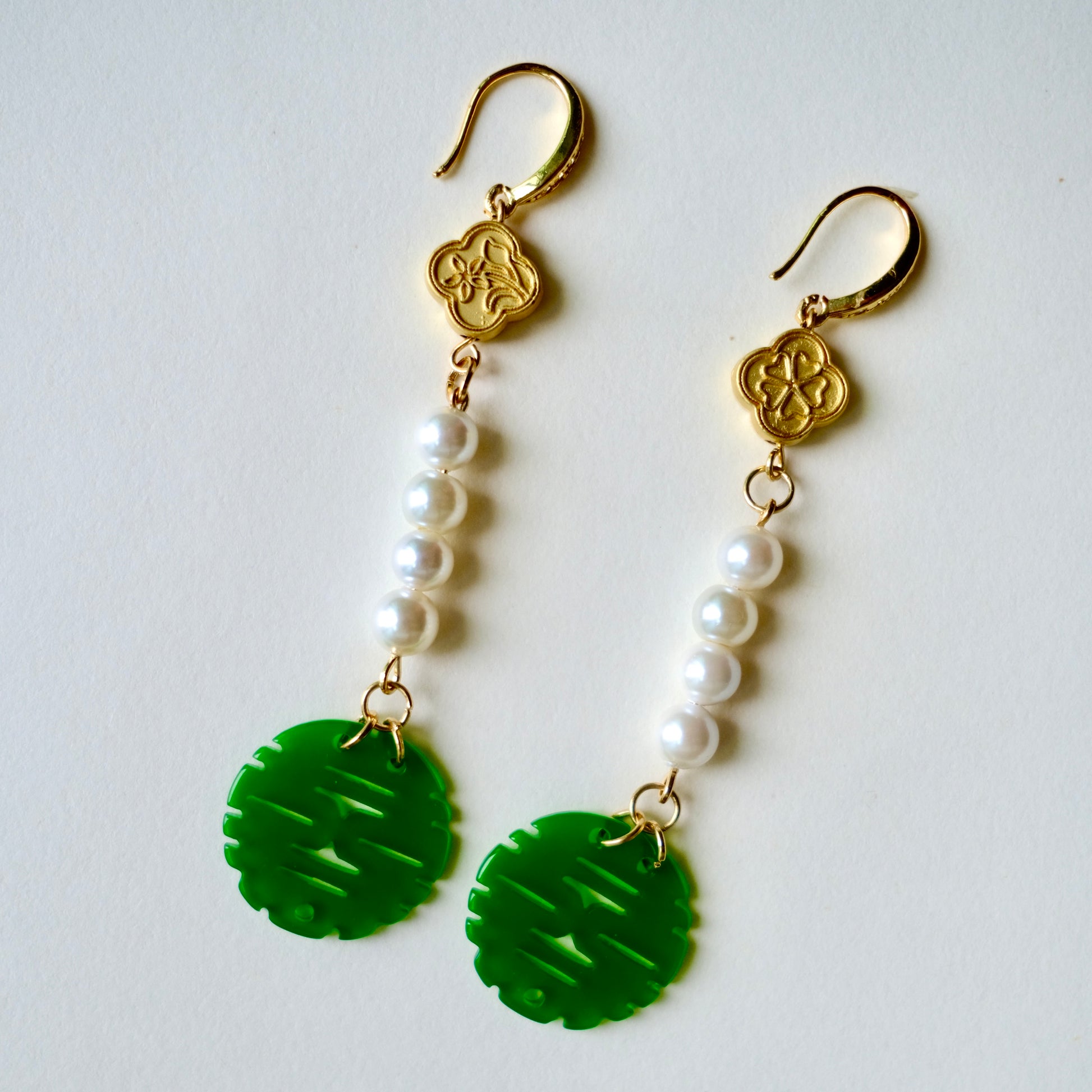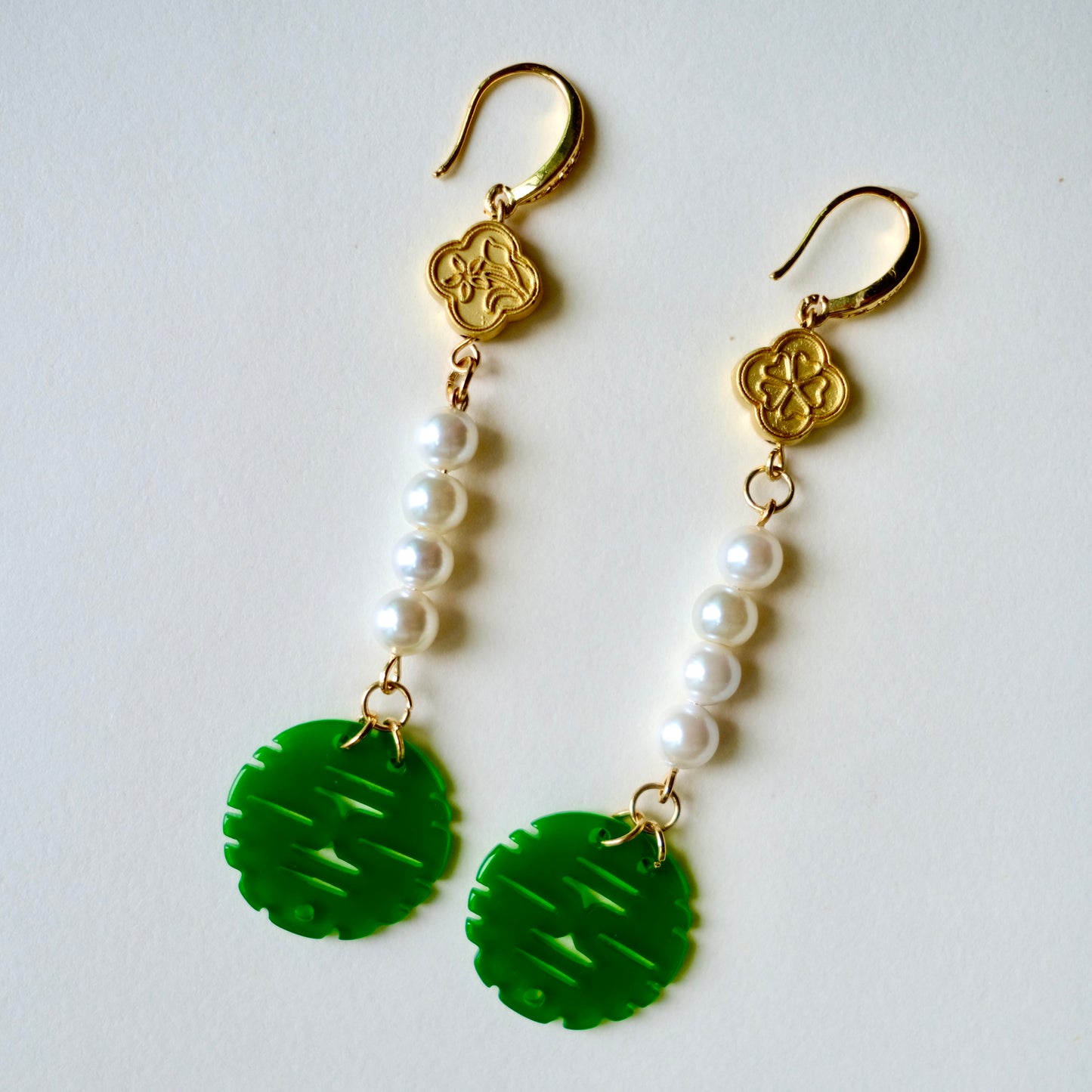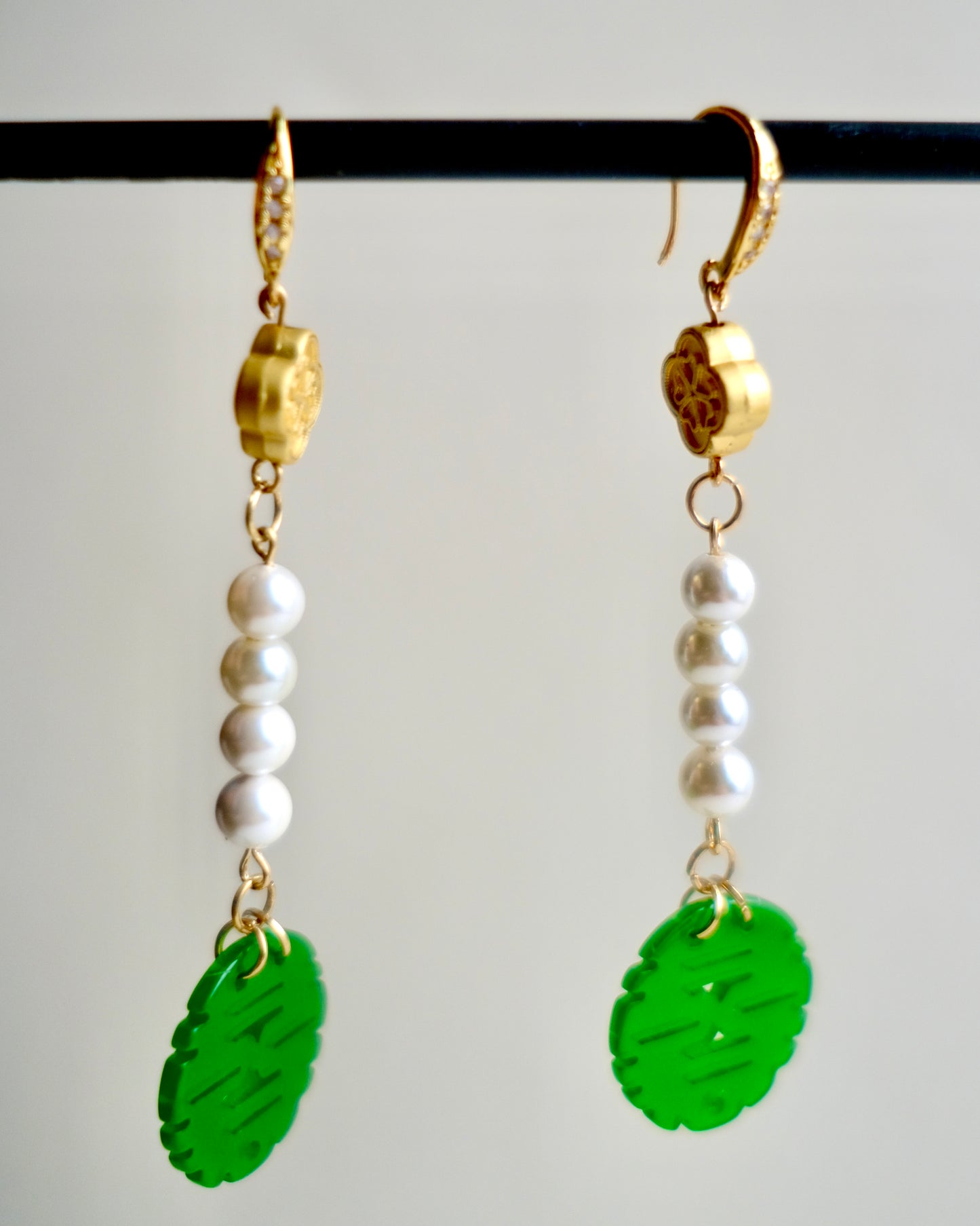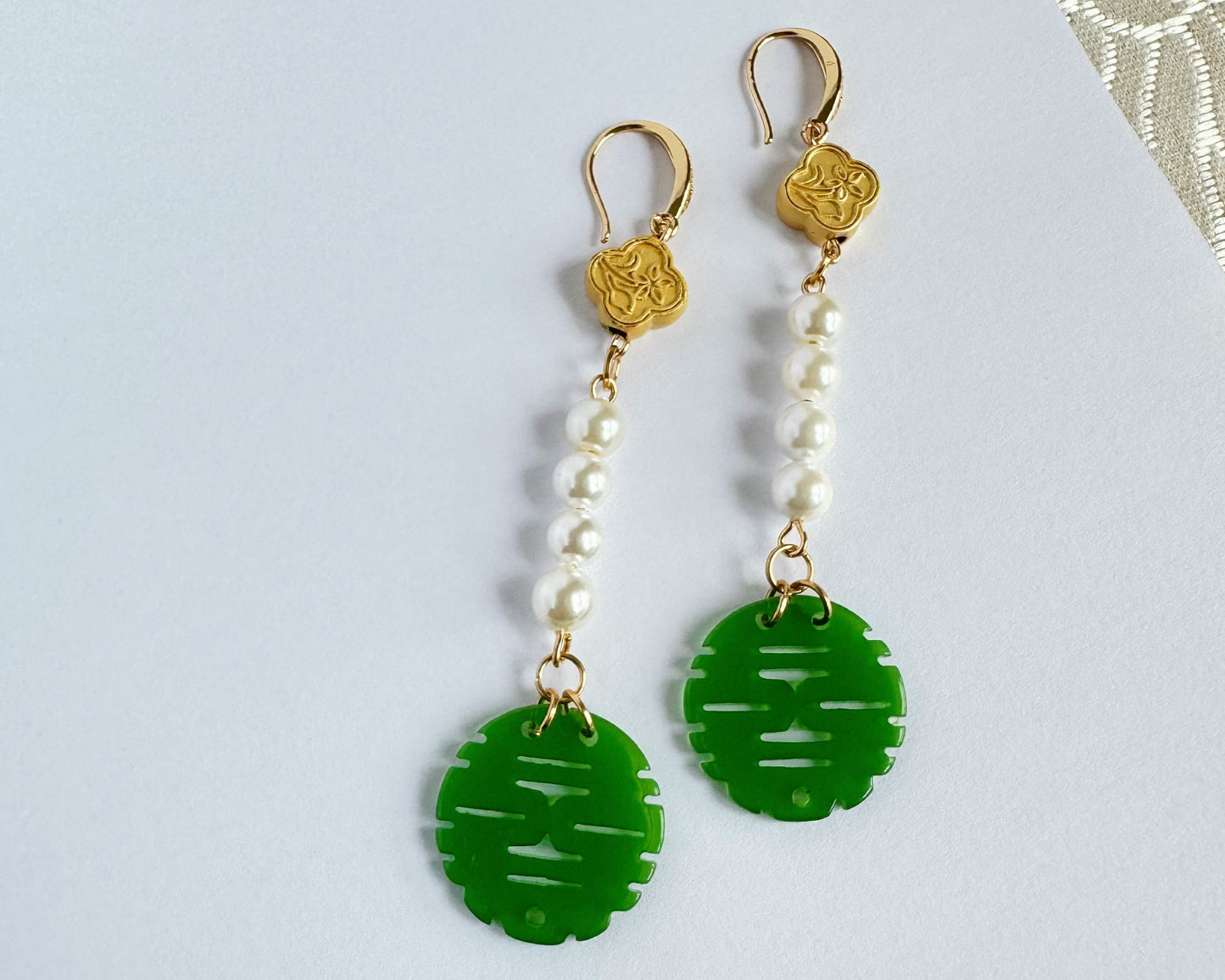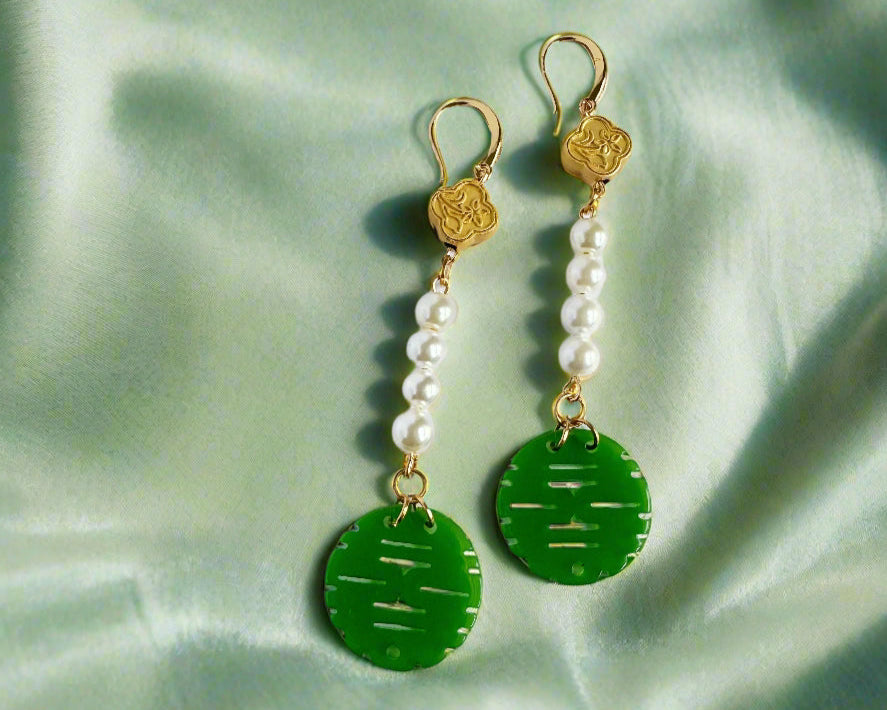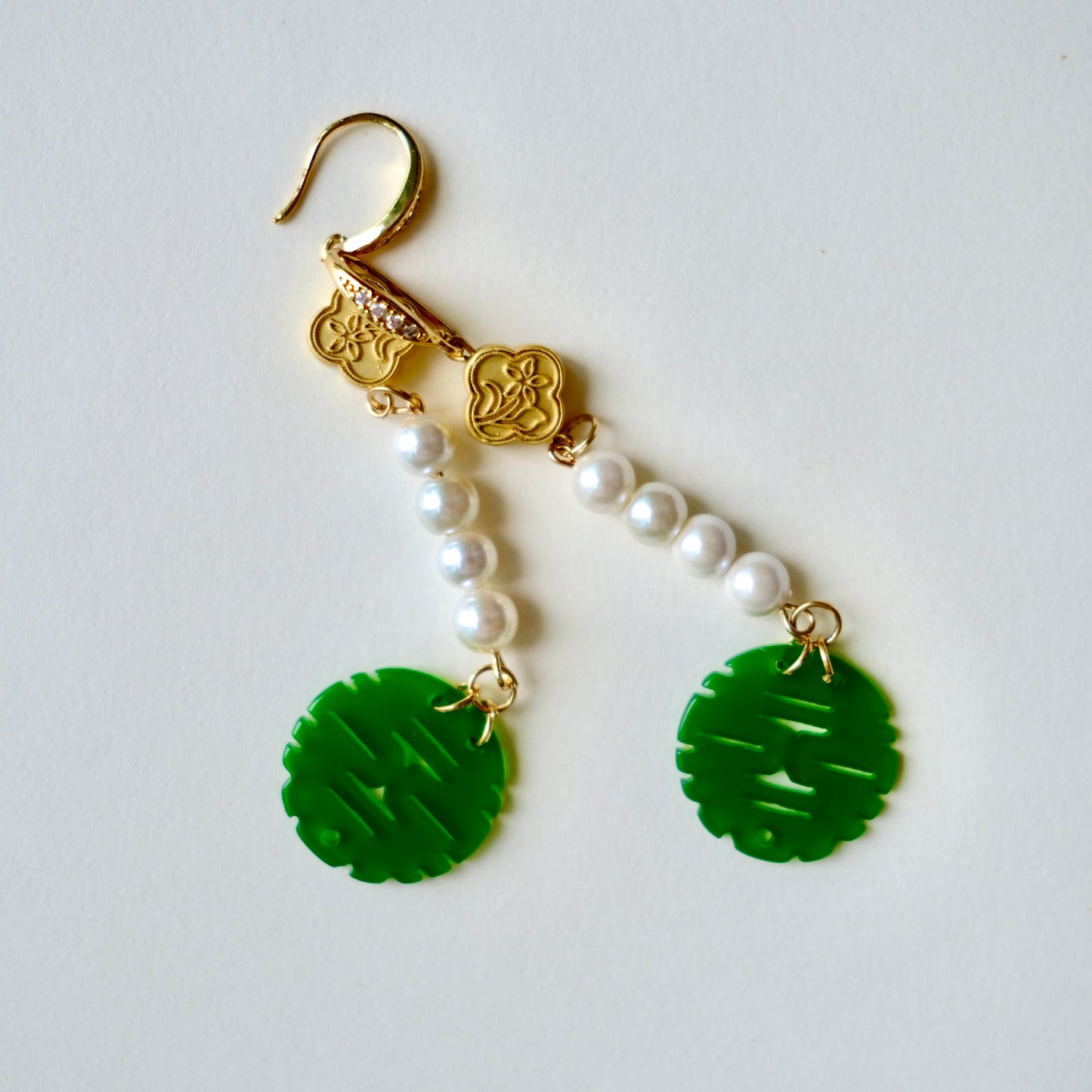The Art of Tian-tsui 点翠: A Glimpse into China’s Luminous Feather Craft
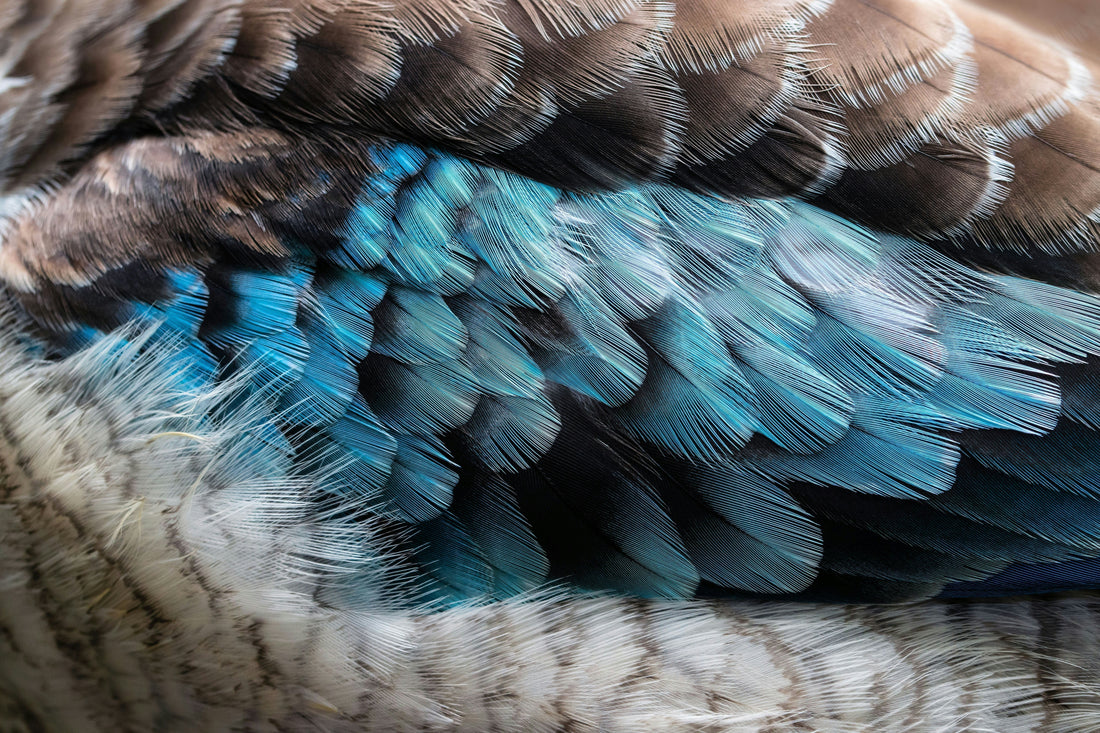
What is Tian-tsui?
Tian-tsui (点翠), also known as kingfisher feather art, is a traditional Chinese craft that combines intricate metalwork with the iridescent blue feathers of kingfisher birds. The process involves meticulously cutting and gluing these feathers onto gold, silver, or gilt metal bases to create dazzling jewelry, headdresses, fans, and decorative panels. The name translates to “dotting with kingfishers,” reflecting the delicate application of feathers to accentuate designs.
The feathers’ vibrant blue hue, derived not from pigments but from microscopic photonic crystals that refract light, creates a prismatic effect unmatched by enamel or dyes.

History and Background
Tian-tsui’s origins trace back over 2,000 years to the Han Dynasty, where it began as an auxiliary technique in jewelry-making. By the Tang Dynasty (618–907 CE), it became a symbol of imperial power, adorning royal crowns and court attire. During the Ming and Qing dynasties, the craft reached its zenith, with elaborate phoenix crowns for empresses and intricate hairpins for nobility showcasing unparalleled artistry.
The demand for kingfisher feathers, particularly from Cambodian species, was so immense that it reportedly funded the construction of Angkor Wat. However, the mass harvesting of feathers led to the near-extinction of kingfishers. By 1933, the last dedicated studio closed, and the Chinese Communist Revolution later banned the practice to protect wildlife.

Why Was Tian-tsui Cherished in China?
Aesthetic and Symbolic Value
The electric blue of kingfisher feathers symbolized nobility and immortality, aligning with Confucian ideals of harmony and refinement. Royal pieces often incorporated motifs like dragons and phoenixes, reinforcing imperial authority.
Durability
Unlike dyed materials, the feathers’ structural color resisted fading, making Tian-tsui heirlooms timeless.
Technical Mastery
The craft merged metalworking (filigree, engraving) with feather inlay, demanding precision at every step—from selecting feathers to aligning them flawlessly on curved surfaces.
A Tang poem captures its allure, highlighting its exclusivity and opulence: “花钿委地无人收,翠翘金雀玉搔头。”
Bai Juyi, "Song of Eternal Sorrow" (长恨歌)
Modern Revival and Ethical Alternatives
With kingfishers now protected, contemporary artisans have turned to innovative substitutes:
- Synthetic Materials: Blue-dyed silk, satin, or synthetic feathers mimic the iridescence of kingfisher plumage.
- Enamel (烧蓝): A Qing-era alternative, enamel inlays replicate the color but lack the feather’s organic texture.
- Cultural Fusion: Taiwanese designers blend tian-tsui with gemstones and Western aesthetics, reimagining it for modern jewelry.
While modern imitations cannot fully replicate the depth of authentic tian-tsui, they honor its legacy while aligning with ethical standards. Institutions like the Palace Museum also preserve historical pieces, ensuring the craft’s cultural narrative endures.
DARABARA
Tian-tsui embodies China’s artistic ingenuity and the complex interplay between beauty and ethics. Once a luxury reserved for emperors, it now serves as a reminder of cultural preservation’s importance. As artisans innovate, this ancient craft continues to inspire—bridging past splendor with contemporary values.
